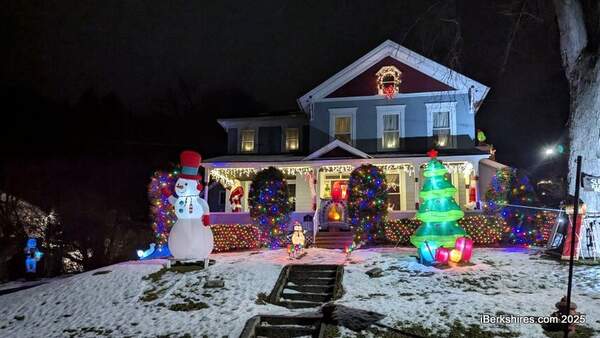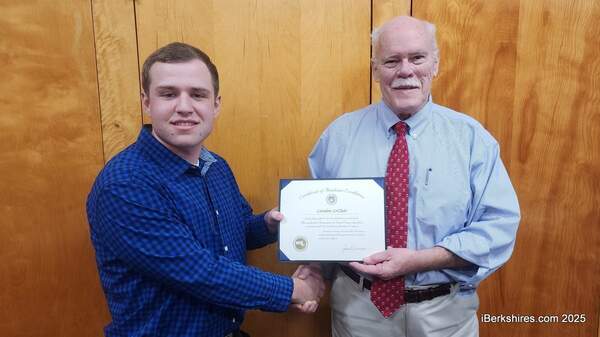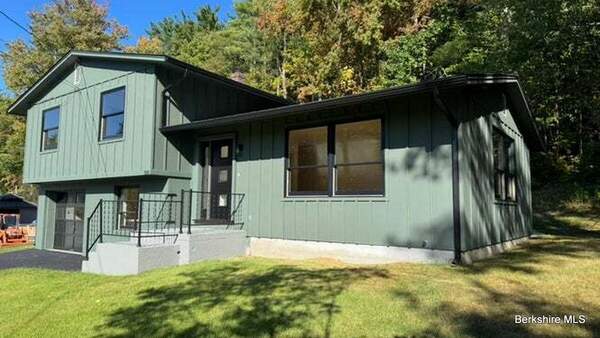North Adams Committee Hears Update on Infrastructure
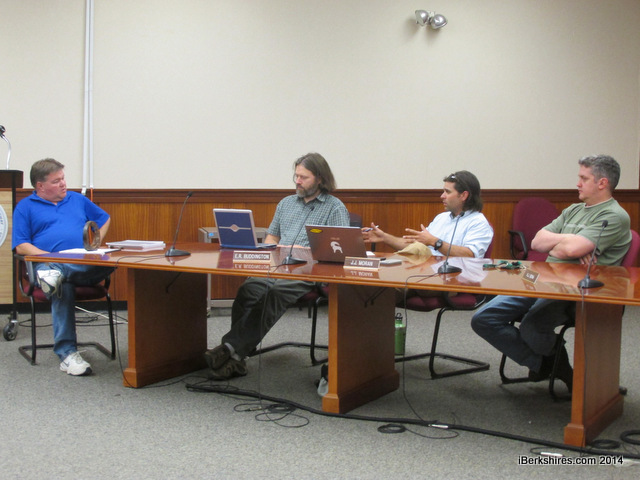 The Public Services Committee reviewed the state of the city's infrastructure on Monday. The Public Services Committee reviewed the state of the city's infrastructure on Monday. |
NORTH ADAMS, Mass. — Even with time and money, it would take years for the city to repair and replace much of its infrastructure.
"It's equipment and men and labor," said Public Services Superintendent Timothy Lescarbeau at Monday's meeting of the Public Services Committee.
Earlier this year, the new City Council had a look at some $60 million in capital projects languishing because of lack of funding and manpower. The Public Services Department probably comprises the bulk of those needs, including water, sewer, roads and transfer station.
Since the so-called "20/20" ($20 million/20 year) plan laid out three years ago for water infrastructure alone, little headway has been made.
"There's been no capital," explained Lescarbeau. The department has been replacing water meters and fire hydrants but the going is slow. "We're buying five to eight hydrants a year at $200 a pop."
Mayor Richard Alcombright estimated that it would take a crew and a specialized camera for exploring pipes some six to eight years to document and fix all the cracks.
"It all comes down to equipment and manpower," Lescarbeau added. "I could use a half-dozen more people just to get maintenance under control. ... We don't know what valves work half the time."
While the new asphalt hotbox has been a cost-saver in putting in permanent road patches, "anything we do on the water right now is a Band-Aid or a fix," he said. "We're not replacing lines right now."
Lescarbeau said most of the department's overtime is being expended on the numerous water and sewer breaks.
"This is the most common break in town right now: a 6-inch pipe when it cracks — that an easy fix," he said, showing the committee a section of pipe. But when the pipe breaks along the side, it requires cutting out and replacing the section and multiple clamps. And they often break in the middle of the night, on holidays and in the winter.
"Eighty percent percent of our overtime is fixes," he said. "We figure just doing home sewers is 30 percent of our overtime."
Despite a city regulation dating to 1963 stating property owners will be liable for lateral lines after the initial hookup, the city has been fixing them for years.
"I think we can all agree it's not in our best interest to do it," said Alcombright, because of cost and liability. "We ended up last year with several insurance issues."
The discussion of costs and capital was part of a broader view of budgeting that will take into account an attempted Proposition 2 1/2 override next year.
"One of the things we're going to be looking at here in discussion of the override, is to bring out pieces of information," said Alcombright. "The last override I had six weeks. We just flooded people with information and it was too much, too quick."
To rally support, the mayor said he wants to educate residents on the costs of operating the city in ways they can easily understand and retain.
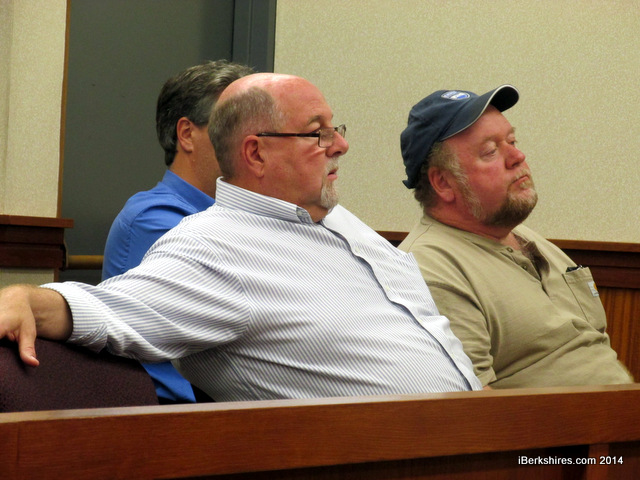 |
He is considering building two budgets, one with expected revenue and other with a successful override to show what raising the city's levy limit will do. One of those items could be continuing to fix lateral lines, he said.
Chairman Joshua Moran said he didn't think the mayor would have a hard time getting support from the council to eliminate that work. "We don't have any way to increase capital but we should do everything we can to decrease costs," he said.
The committee also discussed the potential for setting up enterprise accounts for the water and sewer systems and the transfer station.
Administrative Officer Michael Canales, however, said the revenues being generated by those three items are not enough to fund their operation.
"On the sewer side, $1.15 million is assessed [by the Hoosac Water Quality System] and our cash is $800,000 in sewer fees," he said. "Were not even compensating ourselves for what we pay the district, never mind the cost for repairs."
But by creating enterprise accounts that charge per usage, taxpayer money could be better used to fund those service that don't generate revenue like police and schools, said Canales.
"We should spend on things that benefit the community as a whole," he said.
City officials are also still debating what to do with the transfer station, which hadn't been in compliance with state permitting and is estimated to cost $2 million to fix. It is now in compliance but its issues could be solved in part by eliminating the acceptance of commercial trash but there is concern on how this would affect citizens.
To make the transfer station a revenue generator — or at least revenue neutral — the city would have to charge what it actually costs to run it, said Canales.
"We're in this interesting area right now because we're already the highest charging [for commercial] and will have to charge more to make capital repairs," he said.
Charging more by volume could make residents more aware of what they're tossing and encourage better recycling, said Moran.
"You increase the the water and sewer taxes and water and sewer use went down, when people see there's a large amount of waste and you have to pay for it, you become very careful of what you're doing," he said.
Clarification: The transfer station is currently permitted by the state. This was not clear in the article.
Tags: capital projects, capital spending, infrastructure improvements, Prop 2 1/2, transfer station,


